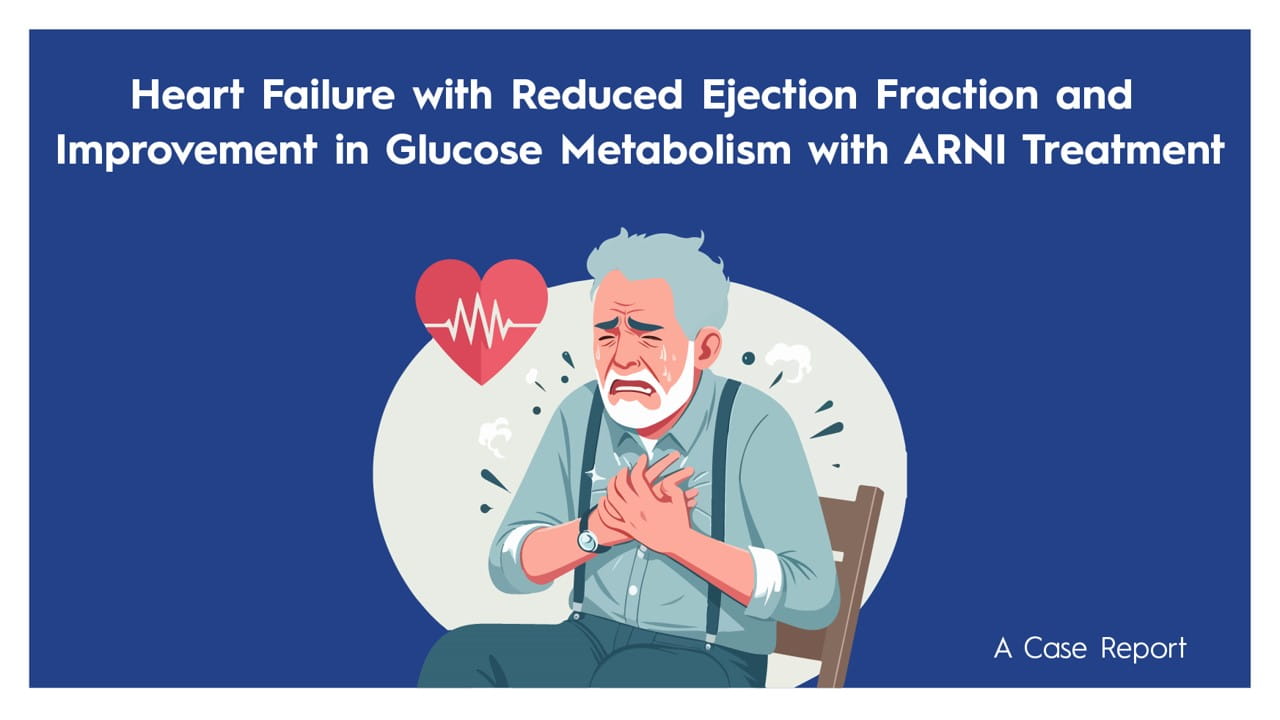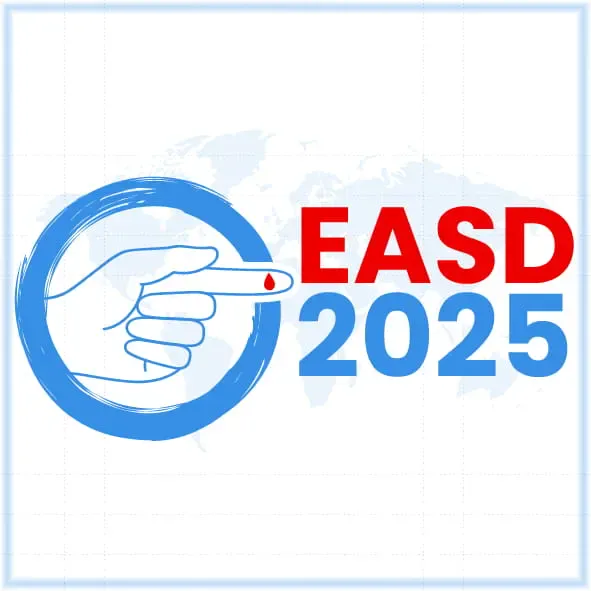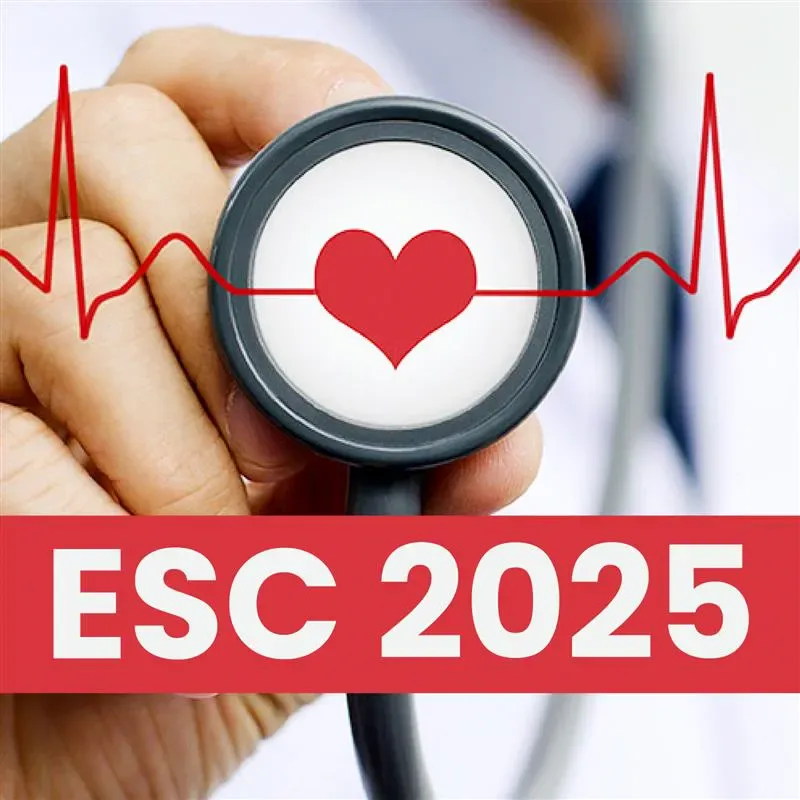ADA 2023: The Combined Use of SGLT2 Inhibitors and GLP-1 Receptor Agonists on the Risk of Cardiovascular Events among Patients with Type 2 Diabetes
The present session discusses a study on the comparative effectiveness of combination treatment with glucagon-like peptide 1 receptor agonists (GLP-1 RAs) and sodium-glucose co-transporter 2 inhibitors (SGLT2 inhibitors) compared to using either agent alone. GLP-1- RAs and SGLT-2 inhibitors are the latest classes of anti-hyperglycaemic drugs available.
The level of cardiorenal benefits can vary among different molecules within each drug class. In other words, not all SGLT-2 inhibitors have the same effectiveness in reducing the risk of major adverse cardiovascular events (MACE). Therefore, the study assessed the risk of cardiovascular and serious renal outcomes associated with these treatment combinations. The study created two cohorts: one comparing the combined use of GLP-1-RAs and SGLT-2 inhibitors to GLP-1-RA use alone (6,696 users) and the other comparing the combination to SGLT-2 inhibitor use alone (8,942 users).
The study findings demonstrated that the combined use was associated with a 30% decreased risk of MACE and a 57% decreased risk of serious renal events compared to using GLP-1-RAs alone. Kaplan-Meier curves showed a lower cumulative incidence of MACE with combination therapy. Combined use was associated with a 29% decreased risk of MACE and a 33% decreased risk of serious renal events compared to SGLT-2 inhibitors alone, with a lower cumulative incidence of MACE with combination therapy.
The study demonstrated that combining GLP-1-RAs and SGLT-2 inhibitors reduced the risk of major adverse cardiovascular events (MACE) and serious renal events compared to using either drug class alone. It suggests the potential benefit of combining these two effective anti-hyperglycaemic drug classes in preventing macrovascular complications in type 2 diabetes.
American Diabetes Association (ADA) 83rd Scientific Sessions, 23rd-26th June 2023, San Diego, CA.




